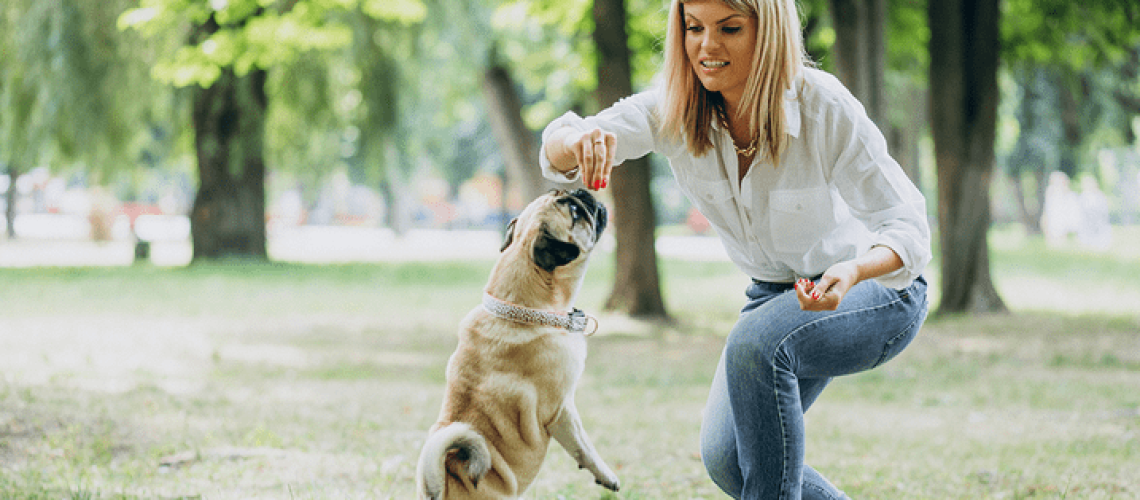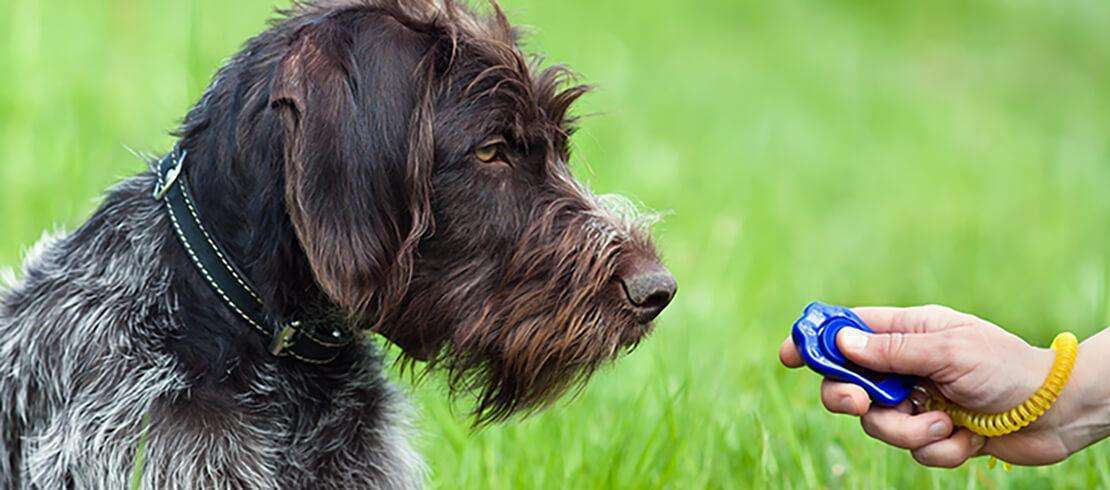Key Takeaways:
- A sturdy and comfortable dog leash is essential for effective training and control.
- Treats or rewards are crucial for positive reinforcement during training sessions.
- A clicker can be a helpful tool to mark desired behaviors and communicate with your dog.
- Dog training collars, such as martingale or prong collars, can provide additional control during training.
- Interactive toys and puzzles can keep your dog engaged and mentally stimulated, aiding in their overall training progress.
Are you a proud dog owner looking to enhance your furry friend's training? Or maybe you're considering getting a dog and want to be prepared for the journey ahead. Either way, understanding the top 11 essential dog training supplies is vital for creating a well-behaved and happy pup. By delving into this subject, you'll gain valuable insights into the tools that can make all the difference in your dog's behavior. With the right supplies, you can transform your four-legged companion into an obedient and well-mannered member of your family. So, let's dive in and explore the world of dog training supplies together! Get ready to unleash the potential within your beloved canine companion.
The Importance of Essential Dog Training Supplies for Teaching Your Furry Friend
When it comes to training your dog, having the right supplies is essential. These supplies not only make the training process easier but also ensure the safety and comfort of your furry friend. One important supply every dog owner should have is a sturdy and reliable leash. A leash allows you to have control over your dog during walks and training sessions, preventing them from running off or getting into dangerous situations.
Another crucial training supply is a collar. A collar serves as a means to attach identification tags and can be used for leash attachment as well. It's important to choose a collar that fits properly and is comfortable for your dog to wear. Additionally, having a clicker can greatly aid in training your dog. A clicker is a small device that makes a distinct sound when pressed, which helps in marking desired behaviors and reinforcing positive associations.
How a Clicker Can Help in Training Your Dog
A clicker is an excellent tool for training your dog because it provides clear communication between you and your furry friend. The sound produced by the clicker serves as an immediate reward marker, indicating to your dog that they have performed the desired behavior correctly. This helps in reinforcing positive behaviors and making the learning process more efficient.
Using a clicker is simple yet effective. When your dog performs a desired behavior, such as sitting or staying, you press the clicker and immediately follow it with a treat or praise. The sound of the clicker acts as an instant signal that tells your dog they did something right, making it easier for them to understand what behavior led to the reward.
The Purpose of a Treat Pouch During Dog Training Sessions
A treat pouch is an invaluable accessory during dog training sessions because it allows you to conveniently carry and access treats for rewarding your dog's good behavior. Having a treat pouch strapped to your waist or attached to your belt keeps the treats within easy reach, ensuring that you can quickly reward your dog when they perform the desired behavior.
With a treat pouch, you can easily keep track of how many treats you have used and avoid fumbling around in pockets or bags. This helps maintain a smooth training session without unnecessary interruptions. Additionally, a treat pouch keeps the treats fresh and prevents them from getting crushed or crumbled.
Understanding and Utilizing the Benefits of a Dog Whistle for Training Purposes
A dog whistle is a useful tool for training purposes because it emits high-frequency sounds that are easily distinguishable by dogs but often go unnoticed by humans. The advantage of using a dog whistle is that it allows you to give commands or signals to your dog from a distance without shouting or using physical force.
The sound produced by a dog whistle acts as an attention-getter for dogs, making it easier to redirect their focus during training sessions. It can be particularly helpful in recall training, where you want your dog to come back to you when called. By associating the sound of the whistle with positive rewards, such as treats or praise, you can train your furry friend to respond promptly and reliably.
Key Features to Consider When Choosing a Comfortable and Secure Harness for Your Dog
When selecting a harness for your dog, it's important to consider certain key features that ensure both comfort and security. Firstly, choose a harness made from durable materials that can withstand pulling and tugging without causing discomfort or restricting movement. Look for adjustable straps that allow you to customize the fit according to your dog's size and breed.
The design of the harness should distribute pressure evenly across your dog's body, avoiding strain on their neck or back. Padding on the chest and back areas can provide extra comfort and prevent chafing. Additionally, a harness with reflective strips or bright colors enhances visibility during walks, ensuring your dog can be seen in low-light conditions.
The Benefits of Using a Long Leash for Obedience Training Exercises
A long leash is an excellent tool for obedience training exercises because it gives your dog more freedom to move while still allowing you to maintain control. The length of a long leash typically ranges from 15 to 30 feet, providing ample space for your dog to explore and practice commands such as recall or stay.
Using a long leash allows you to gradually increase your dog's distance from you while maintaining their safety. It also prevents them from running off or getting into potentially dangerous situations. With a long leash, you can work on obedience training in various environments, such as parks or open spaces, while having the peace of mind that your dog is secure and under control.
Improved Control and Safety
Using a long leash for obedience training exercises offers several benefits. First and foremost, it provides improved control over your dog's movements. With a longer leash, you can give your dog more freedom to explore while still maintaining control. This is especially useful when training in open spaces or areas with distractions. The longer leash allows you to guide your dog's behavior without the risk of them running off or getting into dangerous situations.
Additionally, a long leash enhances safety during training sessions. It acts as a physical barrier between your dog and potential hazards, such as busy roads or aggressive animals. By keeping your dog on a long leash, you can prevent accidents and ensure their well-being. Remember to always supervise your dog closely even when using a long leash.
Increased Range of Motion
One of the advantages of using a long leash is that it allows your dog to have an increased range of motion during obedience training exercises. Unlike short leashes that restrict movement, a longer leash enables your furry friend to move more freely while still under your guidance. This freedom of movement helps dogs develop better coordination and balance.
Moreover, an increased range of motion encourages dogs to explore their surroundings and engage in natural behaviors like sniffing and investigating objects. This can contribute to their mental stimulation and overall well-being. By giving them this opportunity, you are promoting a healthy and happy lifestyle for your canine companion.
Training Flexibility
Another benefit of utilizing a long leash for obedience training is the flexibility it provides in terms of training techniques. With a longer leash, you can practice recall exercises from greater distances, gradually increasing the level of difficulty as your dog progresses. This helps reinforce their response to commands even when they are farther away from you.
Furthermore, the extended length of the leash allows for more diverse training scenarios. You can simulate real-life situations by incorporating distractions or practicing commands in different environments. This versatility helps your dog generalize their training, making them more obedient and responsive in various situations.
In conclusion, using a long leash for obedience training exercises offers improved control and safety, increased range of motion, and training flexibility. It allows you to guide your dog's behavior while giving them the freedom to explore. With a longer leash, you can enhance your dog's obedience skills and ensure their well-being during training sessions.
In conclusion, having the right dog training supplies is important for teaching your furry friend new skills. From treats and clickers to leashes and crates, these essential items can make the training process easier and more effective. So, make sure to invest in these supplies to help your dog become a well-behaved and happy companion.
What are the three C's of dog training?
I frequently discuss the three key principles of dog training, which are clear communication, consistency, and maintaining a calm demeanor.
What do trainers use to train dogs?
There are various types of rewards that can be used for positive reinforcement, such as food treats, praise, petting, or playing with a favorite toy or game. Food treats are particularly effective for training because most dogs are highly motivated by food.
How do you structure a dog training session?
To have a successful training session, it is important to keep it brief, positive, and conclude on a positive note. A well-rounded session includes a start, middle, and end. Begin by practicing familiar exercises with your puppy/dog, allowing for immediate rewards and treats. Then, dedicate a few minutes to introducing a new exercise or enhancing an existing one.
How do I make a dog training schedule?
The most important factor is consistency. It is more effective to work with your dog for a short period of time, such as 5-10 minutes, every day rather than dedicating a longer session once a week. While it is not necessary to train your dog every single day, frequent practice in these brief periods will result in faster learning. It is worth noting that not all training sessions have to be formal.
What are the 4 D's of dog training?
Effective dog training involves focusing on four fundamental principles, commonly referred to as the four D's: distance, distraction, duration, and difficulty.
What is the hardest part of training a dog?
It is important to use your thinking skills instead of reacting impulsively when training your dog. Sometimes, doing nothing is the most effective way to teach your dog to make better choices. Take note of your own reactions to your dog's mischievous or annoying behaviors.

















